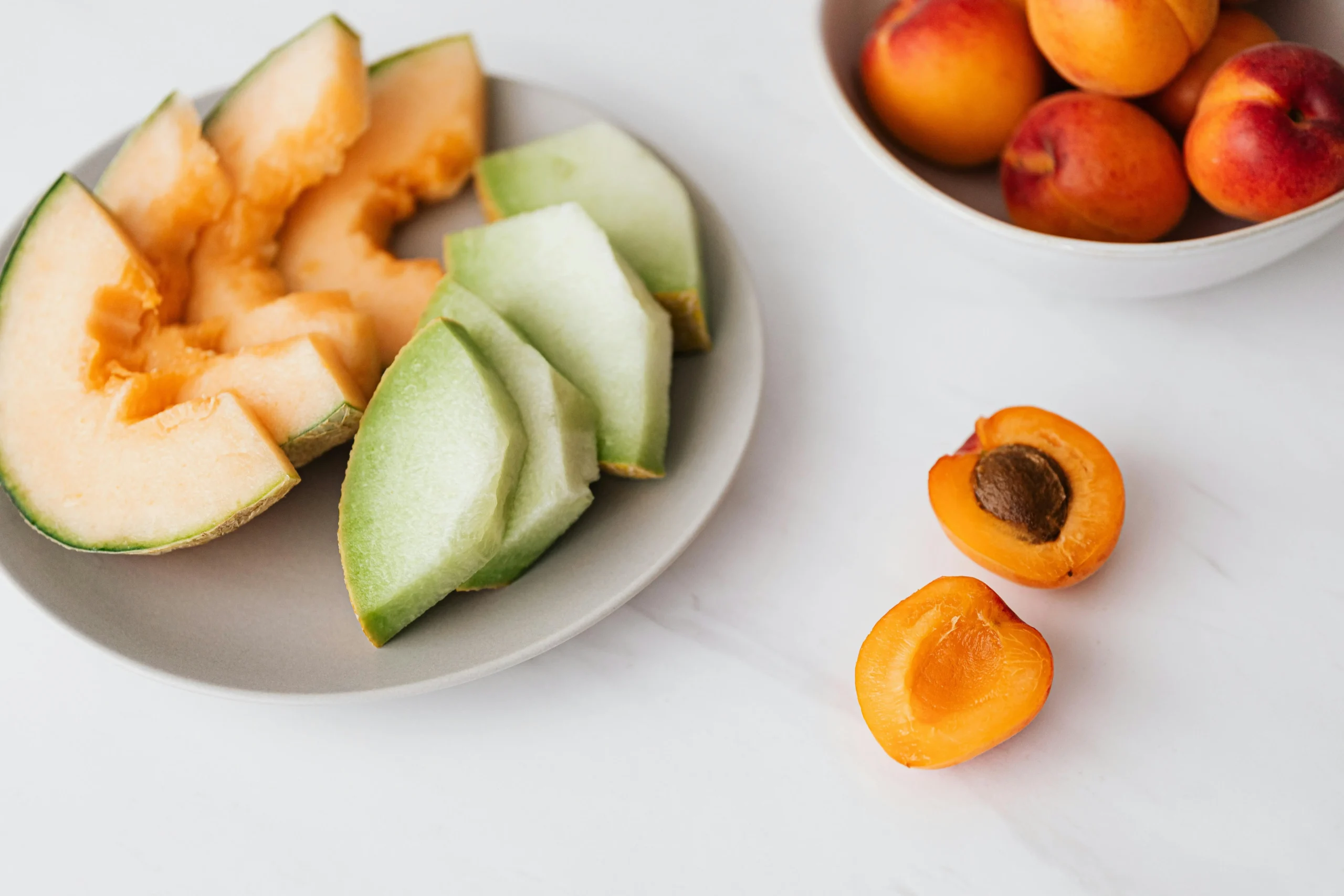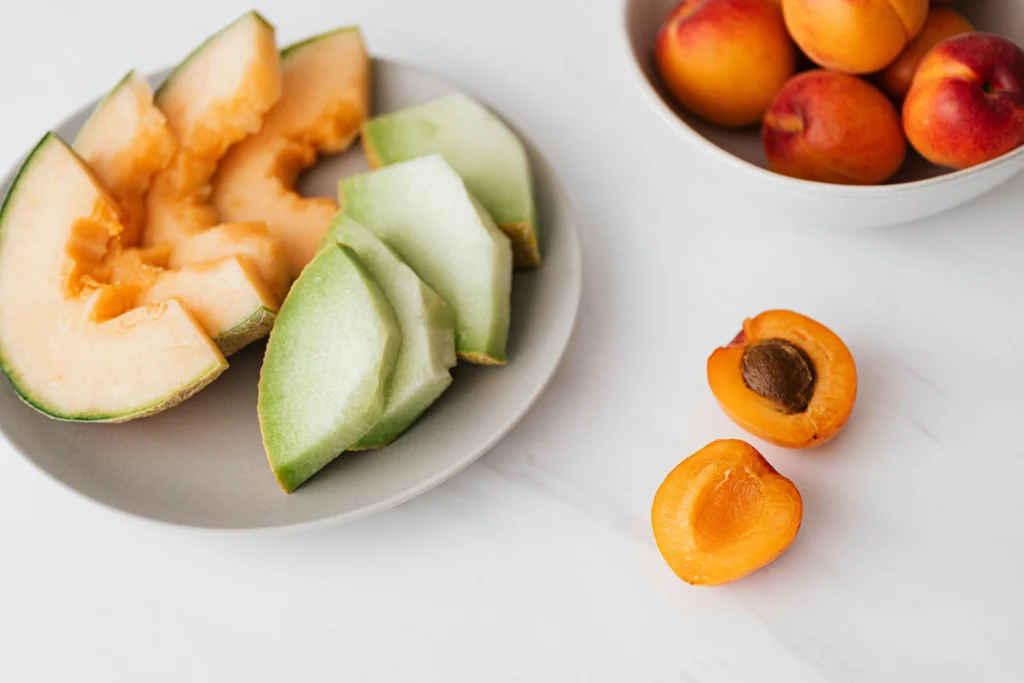Portion control for weight loss
Key Takeaways
- Portion vs. Serving: Know the difference between what’s on your plate and a specific quantity of food.
- Visual Cues: Use everyday objects for precise portion control.
- Food Comparisons: Relate foods to objects; e.g., a small apple is a tennis ball, one serving.
- Guidelines: Control portions for carbs (deck of cards) and proteins (deck of cards).
- Fat Intake: Manage fat servings, e.g., two teaspoons of mayo (pair of dice).
- Benefits: Control calories for successful weight loss; focus on larger servings of low-calorie foods.
Introduction
Unlocking the secret to shedding those stubborn pounds? Pay close attention to the size of your portions! Studies show that when faced with bigger servings, we’re more likely to chow down extra bites. However, that’s where portion control swoops in as your superhero – not just for losing weight but for keeping that healthy balance in the long run. So, grab your cape and dish up the right amount for a successful weight management journey!
Mastering Visual Cues for Portion Control
To effectively manage your food intake, it is important to distinguish between portion size and serving size. A portion refers to the amount of food on your plate, while a serving is a specific quantity of food. The Mayo Clinic Diet recommends using everyday objects as visual cues or reminders to assist in accurate portion estimation.
Utilizing Visual Cues for Portion Control
Fortunately, many foods can be easily compared to everyday objects, making portion control easier to practice. By associating these visual cues with corresponding serving sizes, you can enhance your ability to gauge portions accurately.
Fruits
For instance, a small apple, which contains approximately 60 calories, is equivalent to one fruit serving. In terms of size, a small apple resembles a tennis ball. Similarly, a medium-sized orange also constitutes one fruit serving and can be compared to the size of a tennis ball.
Vegetables
When it comes to vegetables, one serving is roughly the size of a baseball. Consequently, half a cup of cooked carrots, containing about 25 calories, represents one vegetable serving. Additionally, a medium-sized tomato or bell pepper corresponds to the same serving size.
Carbohydrates
For carbohydrates, a proper serving size is about the size of a deck of cards. One serving can be exemplified by half a cup of whole-grain cooked pasta, totaling approximately 70 calories. If pasta is not a part of your diet, visualize a slice of whole-grain bread instead.
Proteins
Protein servings should not exceed the size of a deck of cards. A serving of cooked skinless chicken, ranging from 2 to 2 1/2 ounces, accounts for about 110 calories. Similarly, a 3-ounce vegetarian burger is equivalent to one protein serving.
Fats
To control fat intake, aim for a serving size comparable to a pair of dice. For instance, two teaspoons of regular mayonnaise, equivalent to approximately 45 calories, constitute one fat serving. Furthermore, a single tablespoon of trans-fat-free light margarine or one teaspoon of butter can also be considered a serving.
Mastering the Art of Portion Control
While it might require some practice and effort to become adept at judging serving sizes and portions, especially when combining them into complete meals, the benefits are worth it. Certain foods, particularly vegetables and fruits, provide larger serving sizes and portions with relatively fewer calories. As you continue to practice portion control, you will gain greater control over your caloric intake, leading to successful weight loss results.
Conclusion
For individuals committed to losing weight effectively, adopting portion control practices alongside a balanced diet is paramount. By utilizing visual cues for portion estimation and being conscious of serving sizes, you can achieve long-term weight management goals. Embracing portion control will empower you to make better-informed food choices and pave the way for a healthier lifestyle.









Its like you read my mind You appear to know so much about this like you wrote the book in it or something I think that you can do with a few pics to drive the message home a little bit but other than that this is fantastic blog A great read Ill certainly be back